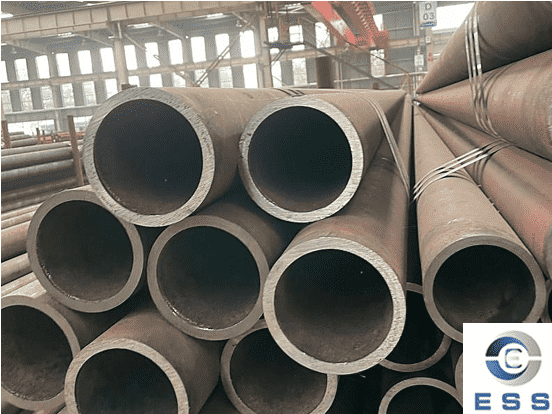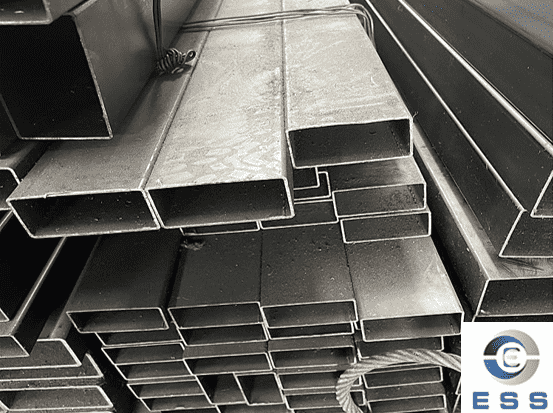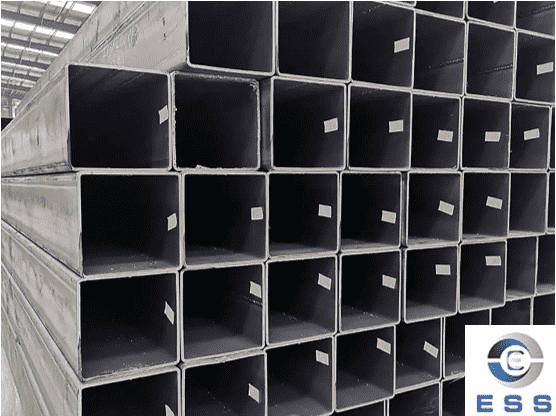There are three aspects: different welding methods, different strengths of welded pipes, and different costs. High-frequency welded pipes and ordinary welded pipes are straight seam welded pipes. The biggest difference lies in the different production processes and methods.
1. The difference between the welding methods of high-frequency welded pipes and ordinary welded pipes
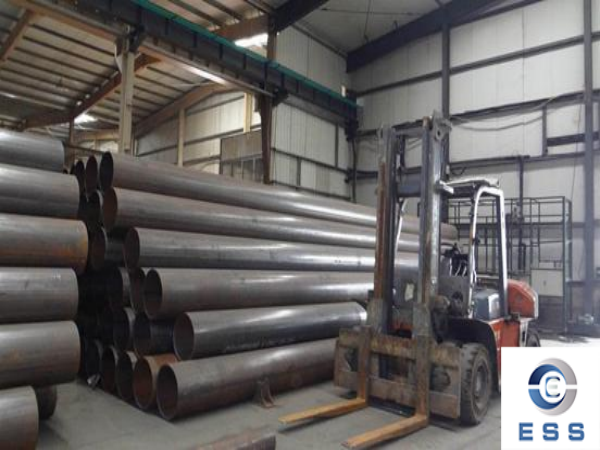
(high frequency welded pipe)
Ordinary welded pipes are mainly made of steel plates as raw materials and are made by bending and welding, while high-frequency welded pipes are made of strip steel or coiled plates. Generally, steel pipes with diameters below 325 mostly use strip steel as the raw material, 325-660 Steel pipes with larger diameters mostly use coiled plates as raw materials. The strip steel is extruded by high temperature and external force to form a round precision-rolled pipe with a U-shaped opening. Finally, the skin and proximity effects of high-frequency current are used to melt and weld the edges of the steel pipe.
2. The difference in strength between high-frequency welded pipes and ordinary welded pipes
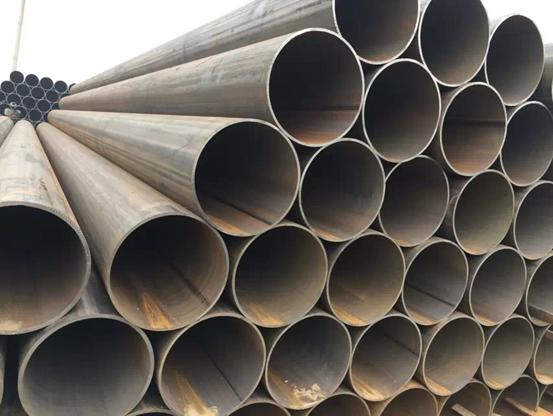
(ordinary welded pipe)
The strength of high-frequency welded pipes is higher than that of ordinary welded pipes. Welded pipes with different diameters can be produced from raw materials of the same width, and welded pipes with larger diameters can also be produced from narrower raw materials. Compared with straight seam welded pipes of the same length, The weld increases the length by 30 to 100 percent, making the steel pipe stronger.
3. The cost difference between high-frequency welded pipes and ordinary welded pipes
Both high-frequency welded pipes and ordinary welded pipes have the advantages of low cost, high efficiency, and strong continuity. From a production perspective, high-frequency welded pipes produce no waste gas and waste water, have low noise, no pollution, are environmentally friendly and reduce procurement costs.
The above are the three differences between high-frequency welded pipes and ordinary welded pipes. Generally speaking, high-frequency welded pipes and ordinary welded pipes are pipelines used for fluid transportation, such as water, oil, natural gas, coal gas and other substances. Which welded pipe to use can be determined according to Construction requires freedom of choice.













 Eastern Steel Manufacturing Co.,Ltd not only improve product production and sales services, but also provide additional value-added services. As long as you need, we can complete your specific needs together.
Eastern Steel Manufacturing Co.,Ltd not only improve product production and sales services, but also provide additional value-added services. As long as you need, we can complete your specific needs together.








